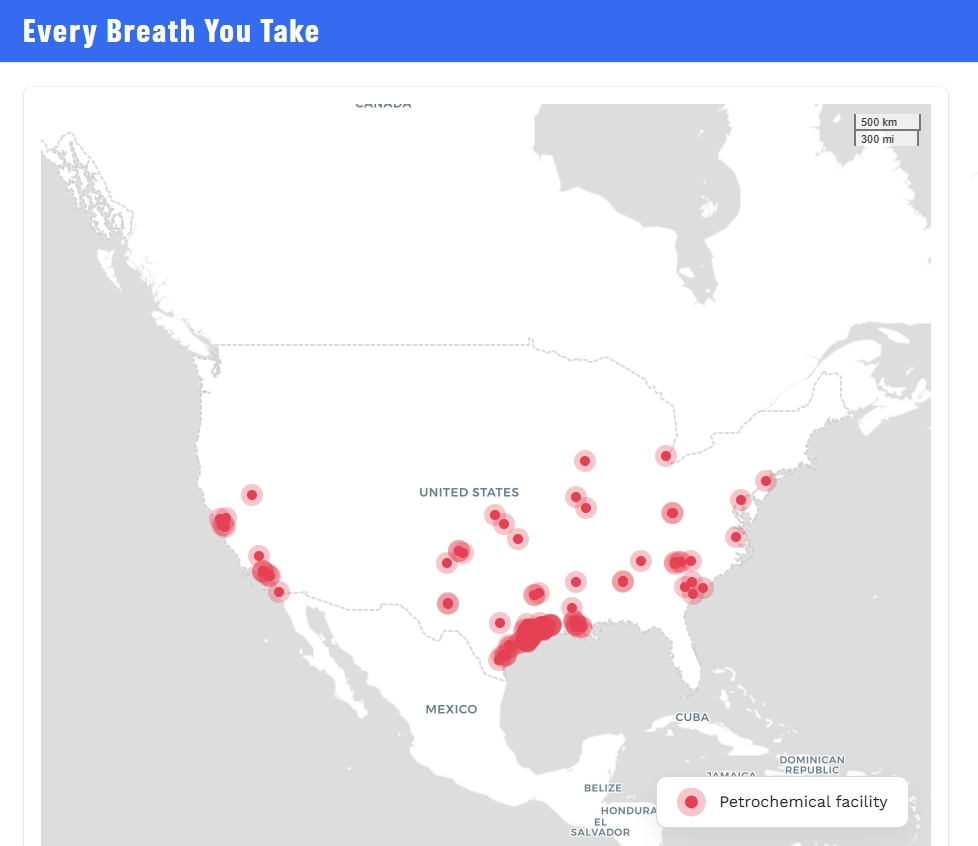New population data from WorldPop has played a crucial role in a groundbreaking Greenpeace International study analysing the human impact of petrochemical pollution. The Beta release of WorldPop’s global population datasets, covering 2015 to 2030, enabled researchers to estimate how many and where people are at risk of exposure to emissions from petrochemical facilities worldwide.
The study addresses a major data gap: the number of people living near these pollution hotspots has been largely unknown – until now. Using geospatial analysis powered by WorldPop data, the Greenpeace International research team were able to map populations living in proximity to petrochemical plants, offering new insights into potential health risks.
“WorldPop datasets were invaluable in this study. Thank you for making them available and accessible to the public,” said Jeffrey Albertson-Kwok, Greenpeace East Asia Programme Researcher.
Summary
Here’s a brief summary of how the Greenpeace International research team used our data:
- Source of Data
Our datasets are open-access and provides national and global geospatial raster data. The specific datasets used were extracted in May 2025, using 2024 population data. - Integration with Facility Data
Our population count and distribution raster datasets were first reprojected from the global WGS84 system to local datum systems for more precise mapping. These reprojected population datasets were then overlaid onto maps that showed the locations of petrochemical production facilities. - Risk Zone Calculation
The study used this overlaid data to calculate the total number of individuals living within defined elevated (5 km) and extended (10 km) risk-of-exposure zones around each petrochemical production facility. - Transboundary Analysis
Our data for neighbouring countries was also included when petrochemical facilities were located near national borders, creating “transboundary risk-of-exposure zones”.
- Source of Data
The data, currently in Beta, is accessible via the Humanitarian Data Exchange (HDX), with a full stable release expected soon.
Have you used WorldPop’s new data?
Let the team know – your feedback helps shape the future of open data.
We’re trialling the ‘Deep Dive’ audio summary feature of Google’s NotebookLM. This feature uses AI to create a podcast-like audio conversation between two AI-derived hosts that summarise key points of a document - in this case the Disappearing People article in Science.
As Google acknowledge that NotebookLM outputs may contain errors, we have been careful to check, edit and validate this audio.
Please contact us to let us know what you think.
Music: My Guitar, Lowtone Music, Free Music Archive (CC BY-NC-ND)
Learn more
Read the full report, Every Breath You Take, and explore interactive pollution maps here:
🔗 Greenpeace Report & Maps



